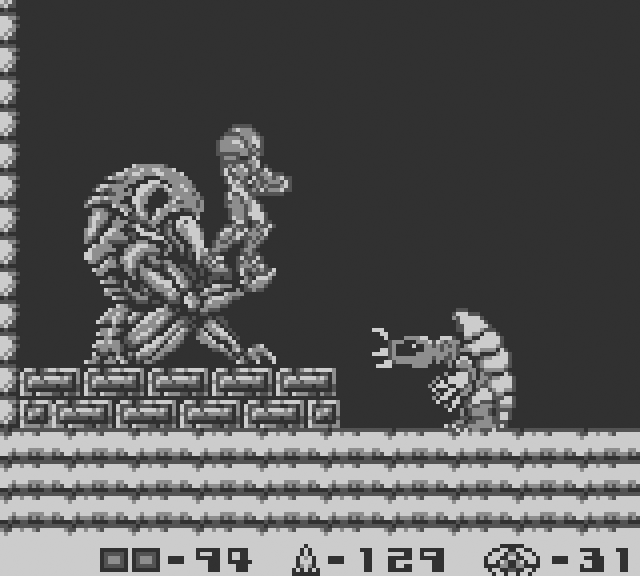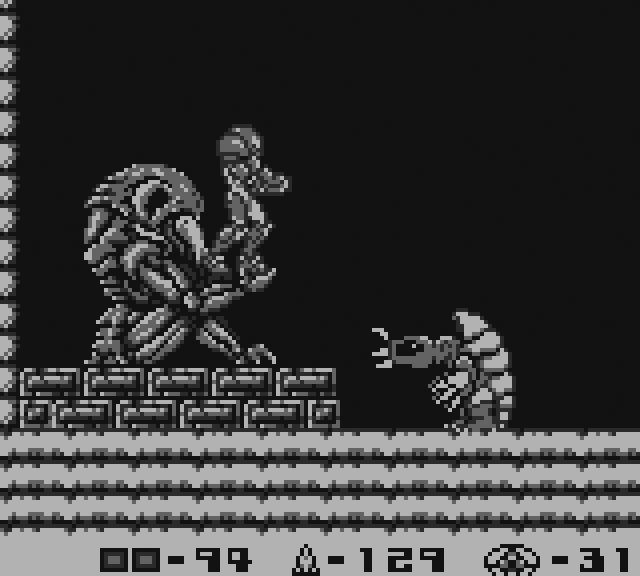
Okay strap in, folks, we're doing a super deep dive into uber-obscure video game research. Let's talk about something so rare it might not even exist, the TV Guide Quizmaster plug & play console. 

In the early 2000s, a new toy category gained popularity in the United States: the "plug & play" video game console. You probably remember seeing a lot of these! The Jakks Pacific stuff was probably the most prolific. 
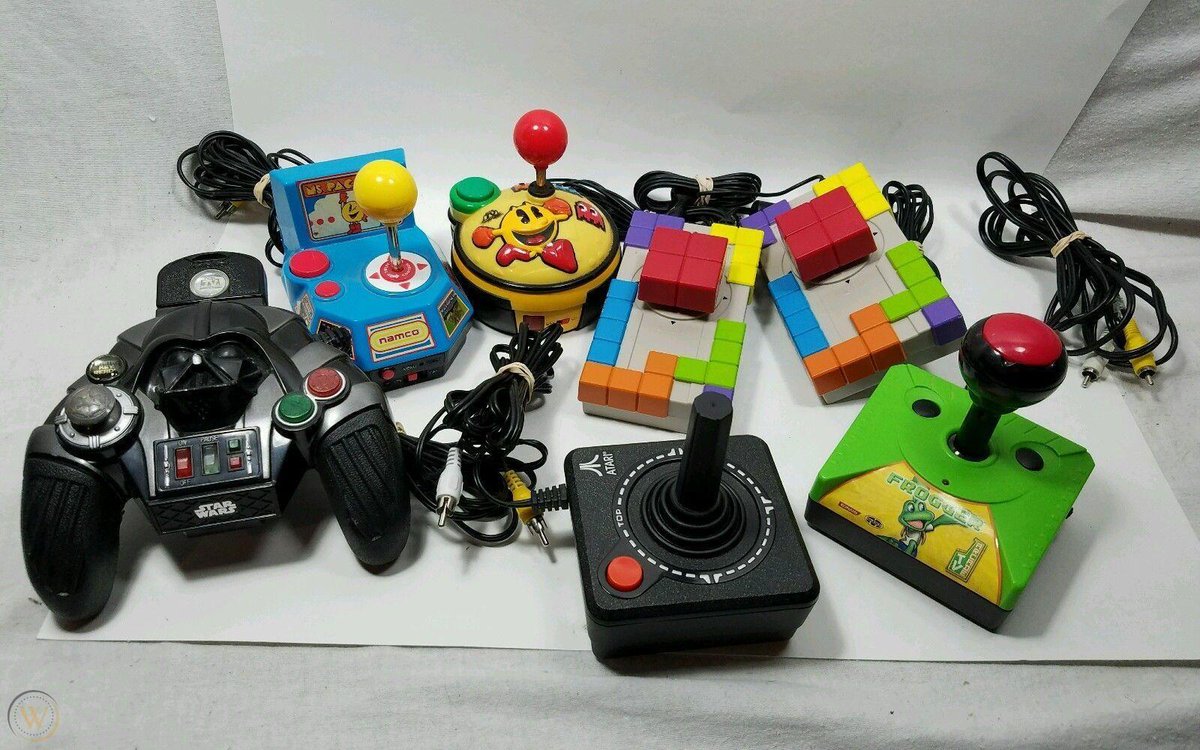
These are really cheap, self-contained video game systems, typically battery-powered. All you had to do was put in batteries, plug the cables into your TV and, boom, you're playing Ms. Pac-Man. This is the current model of something that has been sold since about 2003! 
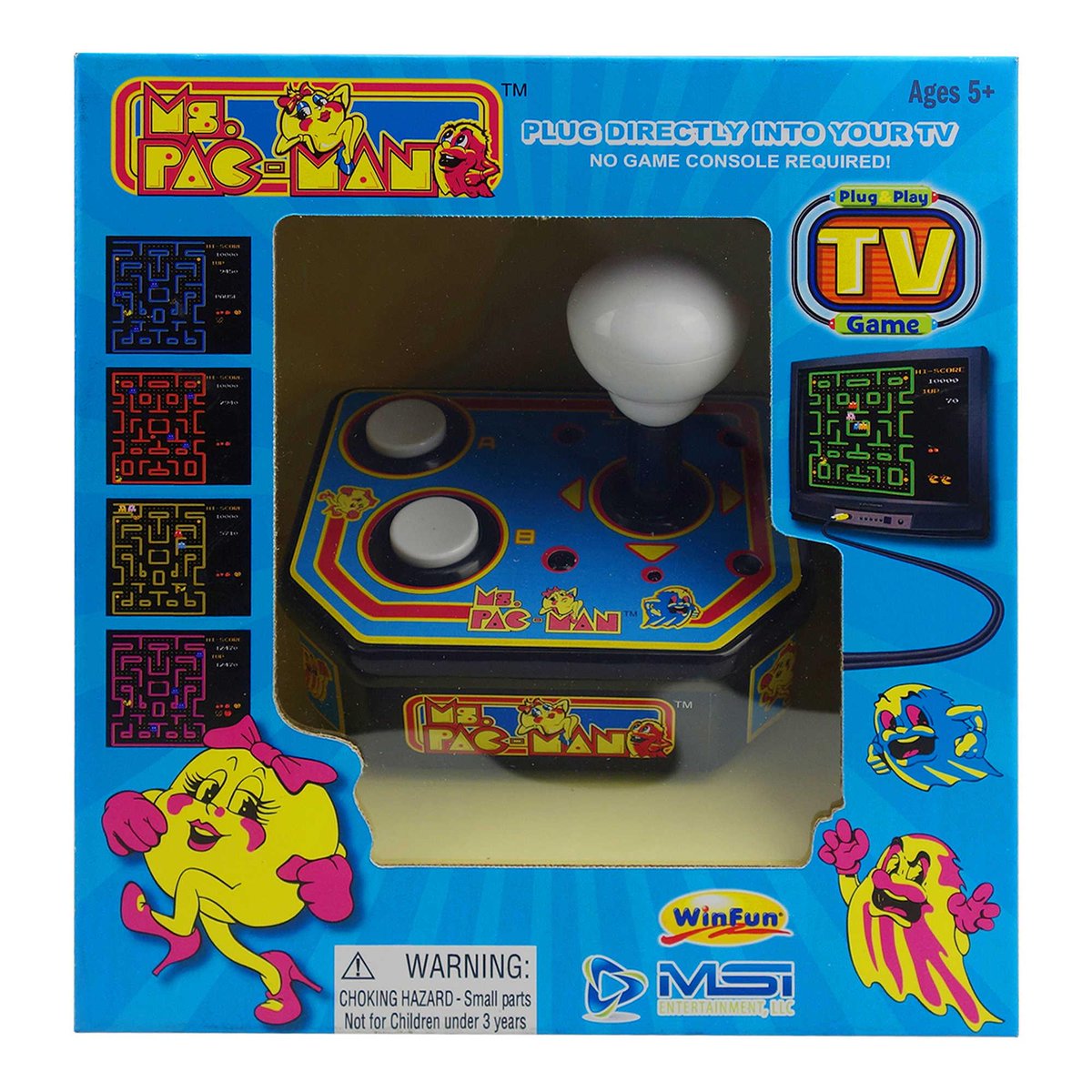
These were really popular items because the incredibly low cost of manufacturing meant that their MSRP was mostly in the $20-30 range. That perfect sweet spot for a White Elephant exchange or, I don't know, something fun for your nieces and nephews.
I recently became enamored with a particular sub-set of plug & play history: systems that secretly housed brand new games written for the old 8-bit Nintendo Entertainment System! If you were following me toward the end of 2018 you might remember me blathering on about this stuff.
Why were there NES games in these things? Well:
- In the 90s, Chinese manufacturers cloned the NES and put all of its components on one chip
- These were used in all kinds of applications: cloned systems, plug & plays with pirated games, even educational computers!

- In the 90s, Chinese manufacturers cloned the NES and put all of its components on one chip
- These were used in all kinds of applications: cloned systems, plug & plays with pirated games, even educational computers!


Around 2003, U.S. companies like Majesco and TechnoSource start manufacturing plug & plays for the U.S., sourcing the hardware and software from Chinese manufacturers. They couldn't just put Nintendo property on there, so they needed to use brand new Chinese-made software. 
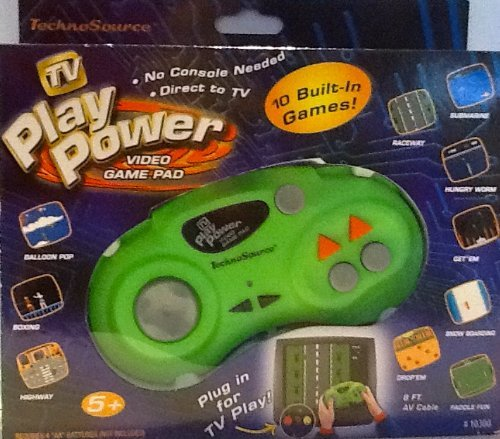
Some of these early attempts are laughably simplistic. Here's a recording of my TV Play Power 10-in-1. These all feel like engineers figuring out a system from scratch by making the most basic games they can.
But some of these got pretty good, and some of them were even licensed ports of other games! My personal favorite is Majesco's Konami Arcade Advanced, which technically has brand new Konami NES games! This is Frogger for the NES, made in *2004*!
Yes, absolutely. Almost all of these use common memory mapper configurations, you could in theory make yourself a homebrew Frogger if you could get the ROM out of the system. ANYWAY:
https://twitter.com/Sonikku_a2/status/1157073136292003840
Things got pretty funky for a minute with the NES-based plug & plays. The original Atari Flashback? Brand new NES ports of 2600 and 7800 games. Intellivision? NES ports. There was even a Coleco system to complete the pre-NES trio. 





I got pretty enamored with this stuff late last year, and decided to try and document any of the plug & play systems that secretly had NES software on them. I had a weird little Christmas party. 

I did some deep, deep research, weird Amazon URL hacks, obsessive eBay searches, all kinds of stuff. I bought plug & plays that had zero pictures online if I suspected they even MIGHT be NES on there. Sometimes I was right!
These things are just. Not. Documented. There's not even a good list of ones that exist, let alone which use NES inside. People are getting interested though, which is great. Haze has even started getting obscure plug & play support into MAME: mamedev.emulab.it/haze/
By the end of 2018 I was pretty confident I'd exhausted any of the plug & plays marketed in the U.S. that had new, original games on them. The very last discovery was hilarious: this joystick has a licensed NES port of Snood! Remember Snood?? Your mom loved Snood! 

I thought I was done but JUST THIS WEEK we discovered a brand new one: Thanks to Haze and ClawGrip tipping me off, I bought this "King Fishing Live" unit on eBay. All we really had to go on was the pictures on the box, which maaaaybe show a game running on the NES? 



Turns out, yes. This is an NES fishing rod! And the game inside is completely unknown!
(Side note: This CRT was used by Namco Bandai QA for years, @MikeJMika and I saved it from the trash more or less)


(Side note: This CRT was used by Namco Bandai QA for years, @MikeJMika and I saved it from the trash more or less)



@MikeJMika This got me on my weird research kick again, so I decided to get a little deeper on this system's manufacturer, Excalibur Electronics. They'd done a handful of licensed NES plug & plays in my collection, like World Series of Poker and New York Times Sudoku(!). 





@MikeJMika I can't stress enough what a godsend The Wayback Machine is for research. So much real history would literally disappear from the world if not for them. And also this plug & play crap too. Here's a scrape of ExcaliburElectronics.com from about 2002. 

@MikeJMika For the record there actually was a second unit in the "Live" series: Ping Pong Live. It's MOSTLY based on NES, but it's just outside of my scope: it uses enhanced audio, I'm trying to stick to things that would actually run on an NES cart. 

You can see Ping Pong Live here: NES graphics and CPU, but compressed samples for audio
By the time we get to 2005, Excalibur has found its niche: licensing popular brands and selling cheap electronic toys with them. Among them were ABC Sports, Mad Libs, World Series of Poker, and uh, Jackie "The Joke Man" Martling. 



Just to make sure I didn't miss everything, I started going through every category on the site, through every Internet Archive scrape, in case there are any TV plug & play units being marketed. I'm sorry to report, there is no Wine Enthusiast NES game hidden away. But wait:
See it? Yours for just $24.95, it's the TV Guide Quiz Master Plug N Play! A complete mystery product which, of course, is the only broken image on the entire Wayback scrape. 

Great! Let's just search for the TV Guide Quiz Master and see what comes up! We have the world's knowledge at our fingertips now, right?
I've searched every possible combination of "TV Guide" "Quiz Master" "plug & play" and "Excalibur" possible and I promise you there's nothing retrievable on Google for the TV unit. Try it yourself! The portable LCD game with the same name is plentiful, but not the plug & play.
There's exactly one result I can find on the live internet: if you search Excalibur and the part number, you get this photo!
...from Google's cache of some weird spam site!
...from Google's cache of some weird spam site!

The image isn't even on the live spam site anymore, Google just happened to cache it. This probably means that in the very near future, there will literally be no trace of this unit on the live internet. 

So, we're left with two questions
1. Did this product ever actually exist?
2. If so, what's under the hood? Was there an official TV Guide game running the NES??
1. Did this product ever actually exist?
2. If so, what's under the hood? Was there an official TV Guide game running the NES??
Wayback doesn't have a ton of scrapes for the site, so here's what we know:
December 10, 2003:
TV Guide announces it has licensed its branding and content to Excalibur for "three different hand-held products." No TV game is mentioned.
TV Guide announces it has licensed its branding and content to Excalibur for "three different hand-held products." No TV game is mentioned.

Sometime between February 9 and December 31, 2004:
The TV game is added to the TV guide product listings:
The TV game is added to the TV guide product listings:

The product listing appeared sometime after April 10, 2004, and disappeared by February 15. That gives us about a 10 month window where it may or may not have actually been sold. Was it sold briefly and pulled? Was it a cancelled product? We don't know!
It was pointed out in replies that the image is still actually hosted live on an ancient retailer's site, SaleStores.com. The live URL for the image is here: salestores.com/stores/images/…
You can't search for or navigate to any Excalibur products on the site, but can Google your way to some probably-dead listings. Here's one now. Unfortunately the URL is kind of cryptic. Maybe you can brute force your way to the TV Guide listing?? salestores.com/exvrpinponli.h…
Thanks to a tip in my DMs for advanced searching the Internet Archive, we now have a high-res product image! If it wasn't obvious before that this was a digital mock-up, it sure is now. 

The URL has been brute-forced! Everyone thank @billymaysr1p for spending 20 minutes trying every URL sequentially. HERE IS A PRODUCT LISTING for Plug N Play TV Guide Quiz Master:
salestores.com/excali228.html
And no you can't order it, I tried.
salestores.com/excali228.html
And no you can't order it, I tried.
@billymaysr1p There's a product description! We now know what it might have played like! 

• • •
Missing some Tweet in this thread? You can try to
force a refresh











